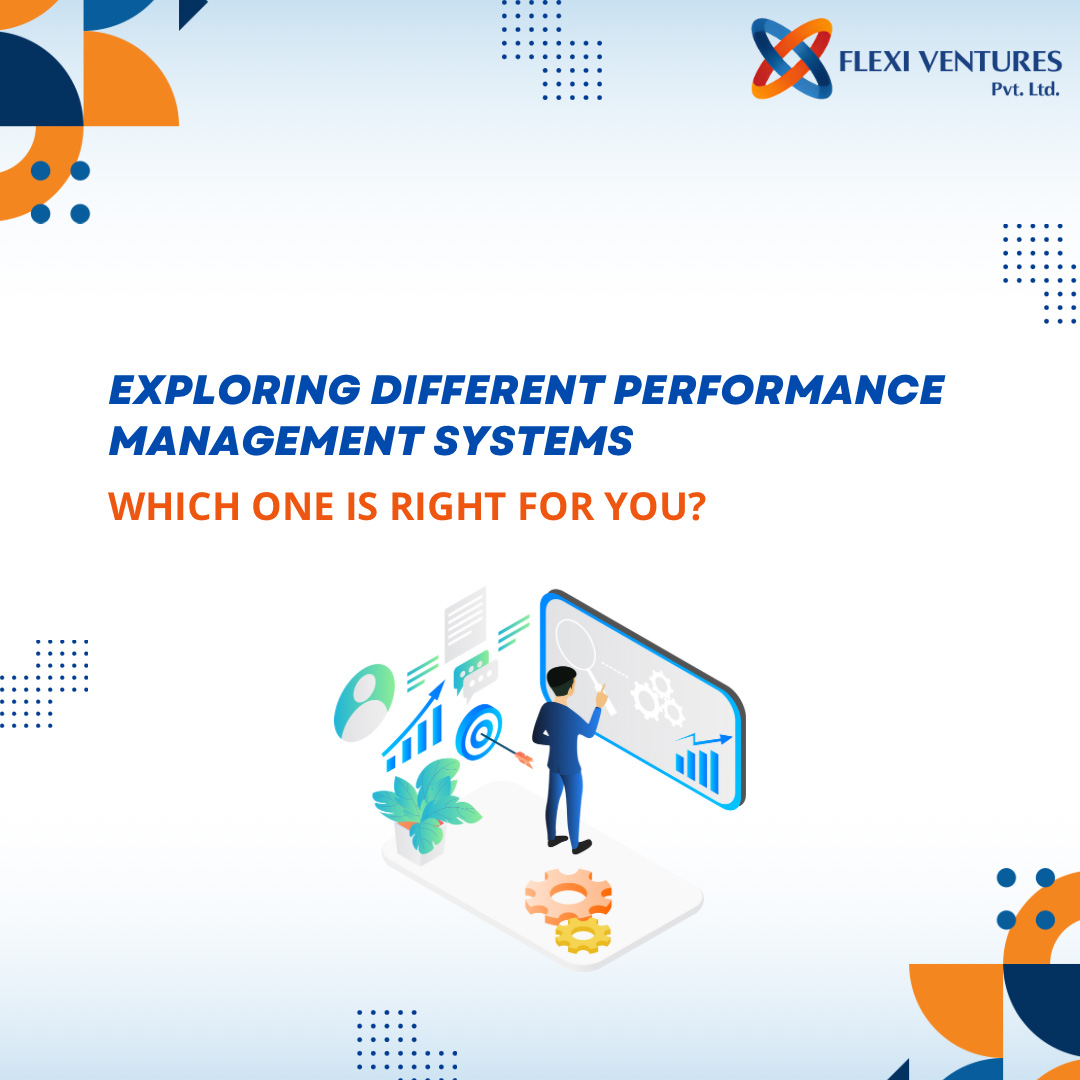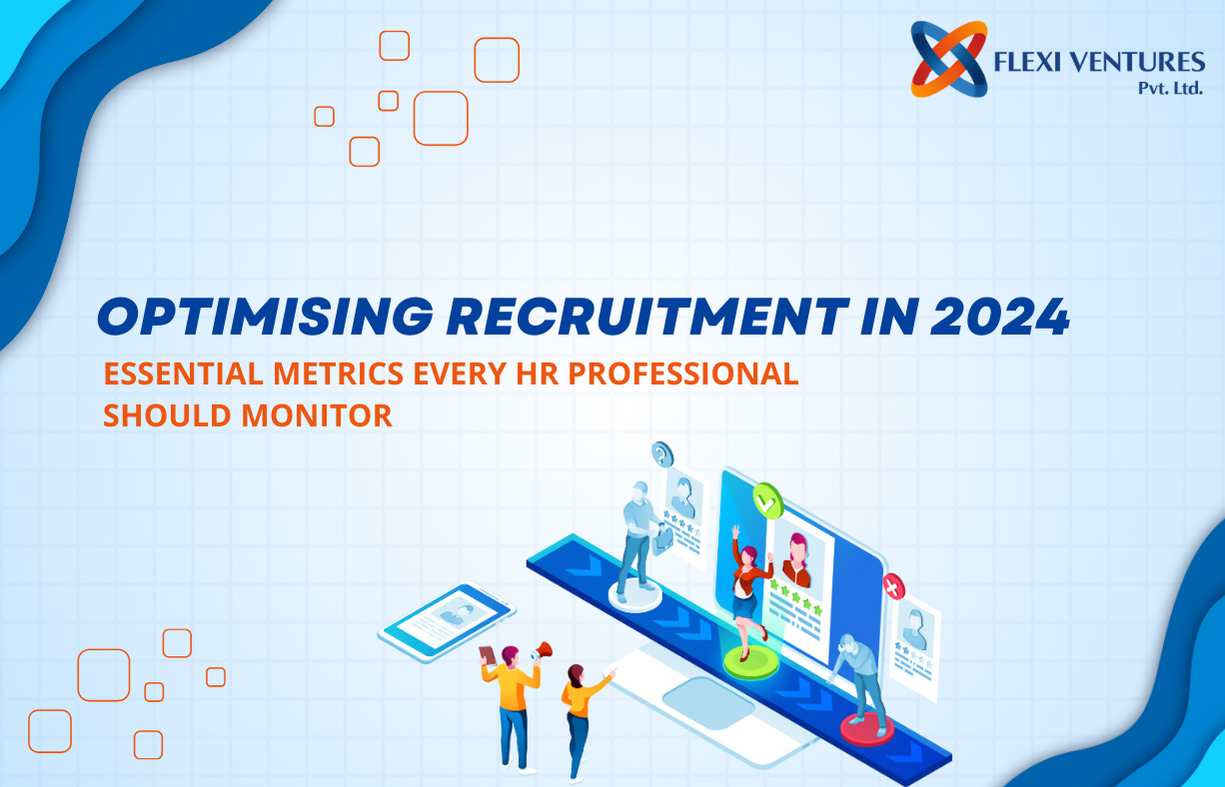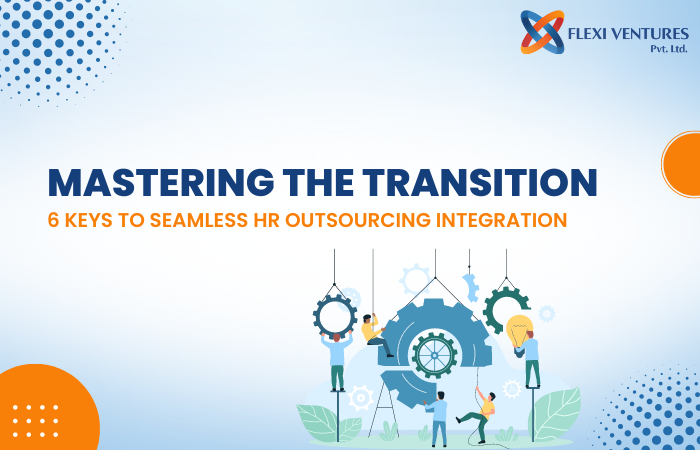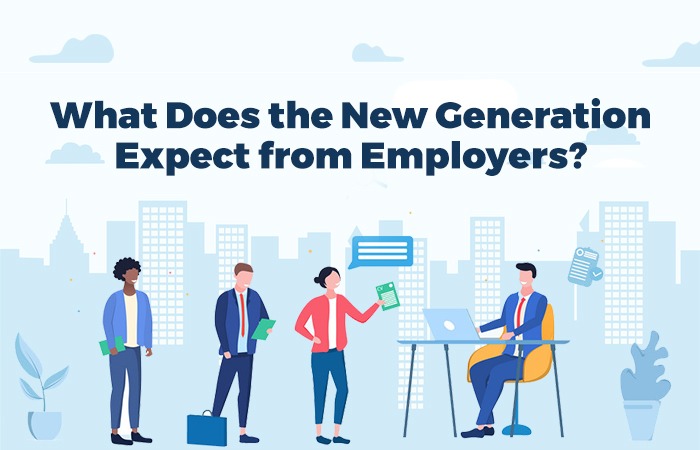An effective performance management system requires consistently reviewing and evaluating your team’s progress. It’s essential to continuously seek opportunities to enhance their skills, knowledge, and abilities—a challenging but crucial task. Fortunately, the landscape of performance management is evolving, with more dynamic and comprehensive systems now taking the place of traditional and manual methods.
What is Performance Management System Software?
Performance management system software is a technology solution designed to help organizations efficiently manage, assess, and enhance the performance of individuals and teams. This software supports a structured performance management process that consists of five interconnected stages aimed at building a high-performance team and fostering a culture of growth:
- Planning: Setting SMART goals that align with the organization’s mission, vision, and objectives.
- Monitoring: Tracking the progress of these goals.
- Reviewing: Evaluating employee performance.
- Rewarding: Recognizing and rewarding top performers.
- Acting: Developing and implementing an employee development plan.
These stages work together to drive continuous improvement and success.
9 Features of the Best Performance Management Systems
- Access to Past Performance Data: Easily retrieve past employee performance records to help managers track progress and development milestones.
- Effective Feedback Mechanism: Facilitate real-time 1:1, 360, and 180 feedback, seamlessly integrated into the workflow and aligned with personal development plans.
- Development Plan Support: Analyze performance data against set standards to create personalized and actionable employee development plans.
- Quantitative and Qualitative Insights: Provide a balanced view with open-ended questions for qualitative insights and rating systems for quantitative metrics.
- Goal Setting and Management: Enable the setting, tracking, and adjusting to clear, measurable goals in response to changing conditions and company strategy.
- Competency and Skill Assessment: Map employee competencies and skills gaps, building a skills matrix to optimize development plans and succession planning.
- Automated Continuous Feedback: Automate feedback to create a continuous, casual, and positive feedback loop integrated into daily work.
- Comprehensive Reporting and Analytics: Access detailed performance reports and analytics to identify trends and make informed decisions.
- Accurate Talent Profiles: Compile real-time performance, competency, and experience data into detailed, accessible talent profiles.
7 Reasons to Invest in a Performance Management System Tool
- Enhances Objectivity and Fairness: Automates data collection and sets consistent metrics, ensuring performance reviews are based on complete and unbiased data.
Key Features: Real-time employee data access, and comprehensive reporting. - Identifies High-Performers Effectively: Standardizes review processes, enabling data-driven decisions on rewards, promotions, and advancement. Key Features: Goal progress visualization, KPI tracking, measurable OKRs.
- Saves Time and Boosts Efficiency: Streamlines administrative tasks, digitizing performance reviews and improving overall efficiency. Key Features: Streamlined milestones, auto-alerts, and email reminders.
- Facilitates Effective Performance Reviews: Provides a repeatable model for quantifying employee performance, aligning it with organizational goals. Key Features: Target-reaching reports, and goal-linked performance reviews.
- Simplifies Multi-Rater Feedback Collection: Gather comprehensive feedback from multiple sources, allowing continuous, unobtrusive feedback. Key Features: 360-degree feedback, anonymous feedback system, and reminders.
- Identifies Training Needs: Analyzes data to highlight skills gaps and training needs, supporting tailored L&D programs—key Features: Performance conversation templates, L&D modules, past performance data access.
- Boosts Employee Morale and Motivation: Tracks and recognizes top performers, offering timely recognition to encourage positive actions. Key Features: Public and peer-to-peer recognition, effective goal tracking.
Who Uses Performance Management Software?
Performance management software is beneficial for any organization with employees, regardless of size or industry.
While all employees will interact with the system at various stages, the primary users are team leaders or managers who oversee direct reports.
- Employees: Collaborate with their managers to set goals, build individual performance reviews, and participate in 360-degree review cycles if implemented.
- HR Professionals: Design and manage the HR processes that support the performance management cycle. They work closely with managers and employees to ensure fairness and adherence to timelines throughout the process.
- Managers: As the main users, managers are responsible for ensuring that every employee is actively involved in the process. They also carry the ultimate responsibility for the performance outcomes of their teams.
Optimizing the performance management process requires consistency and transparency. The cycle of setting goals, managing performance continuously, and conducting assessments is ongoing. Once a cycle is completed, both existing and new goals are identified, and the process begins again.
Best practices also emphasize the importance of providing ongoing, interactive feedback throughout the year, rather than waiting for the performance assessment stage. Performance conversations should be relaxed and open, with both employees and managers dedicating time to refining these skills to enhance their interactions.
Additionally, implementing a calibration process is essential to ensure a consistent approach to assessments for employees in similar roles across the organization.
For more information on HR consulting or support services visit our website
Visit our Website – www.flexiventures.in
Call – 8080100001
Email – contact.us@flexiventures.in







